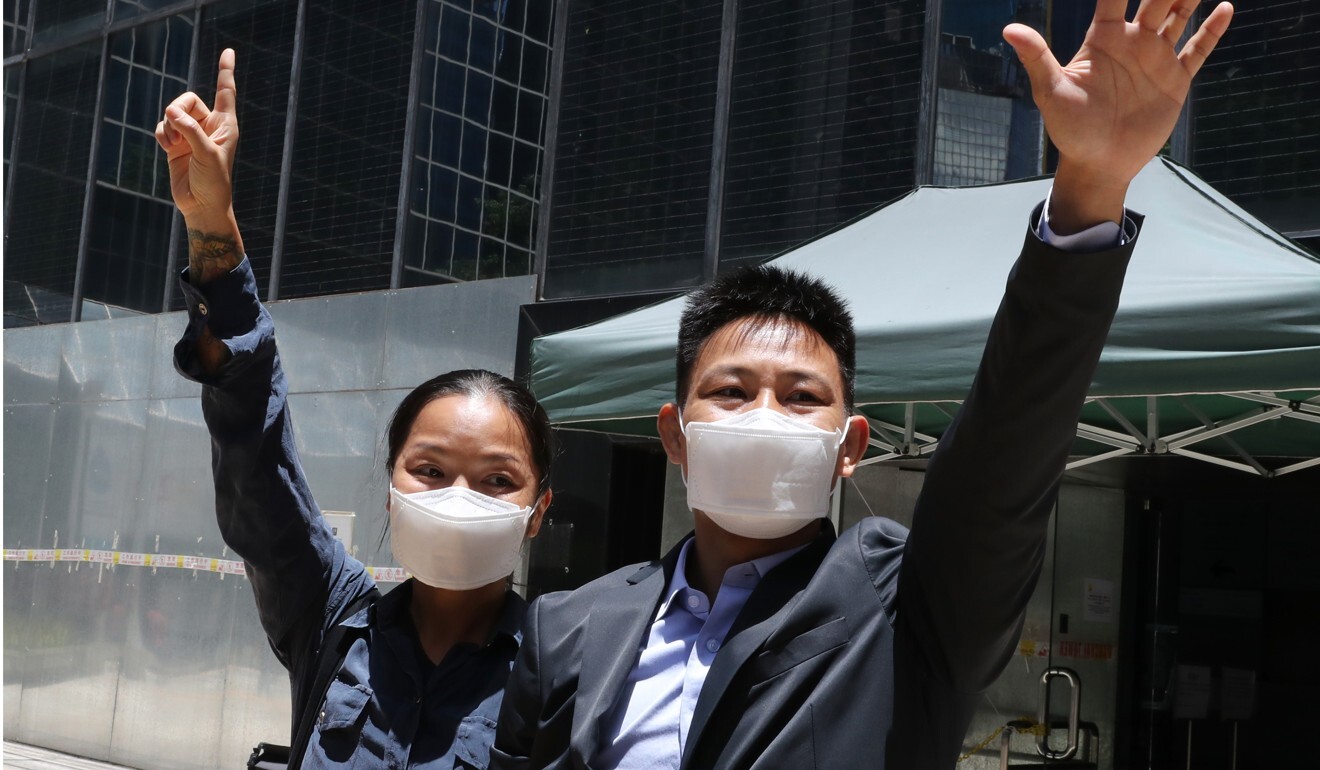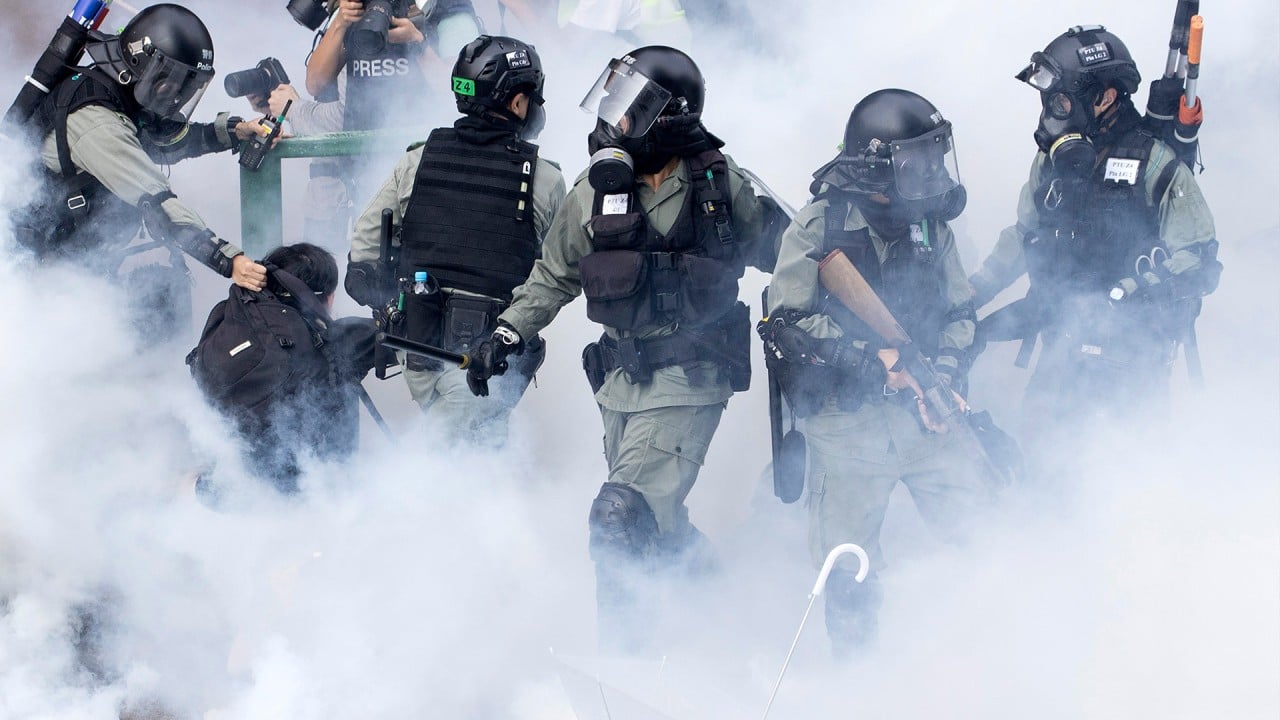
Hong Kong protests: top court to look into use of ‘joint enterprise’ rule for rioting, unlawful assembly cases
- Issue stems from case last year in which trio were acquitted of rioting after judge ruled offenders would have to ‘assemble together’ at a crime scene
- Under joint enterprise principle, all participants of a riot can be held liable regardless of whether they are physically at scene, so long as they share common purpose
Hong Kong’s top court will examine the use of a legal principle that allows prosecutors to indict those not physically present at a riot or unlawful assembly with the same charges as actual participants.
The three defendants in the District Court trial last year were acquitted after the presiding judge ruled that the unique group nature of the charges of rioting and taking part in an unlawful assembly required offenders to have “assembled together” at a crime scene.
But the judge found insufficient evidence to conclude the trio – student Natalie Lee Yuen-yui, 17, gym owner Tong Wai-hung, 40, and his wife Elaine To, 43 – had assembled with protesters with a common purpose in Sai Wan on the night of July 28, 2019.

Top Hong Kong judge condemns ‘repeated’ attacks on judicial independence
In a written judgment in March, the lower appellate court sided with the prosecution and held that prosecutors could go after a myriad of suspects – for example, a lookout or the driver of a getaway car – depending on the strength of the evidence.
Tong, one of the acquitted defendants, sought the top court’s interpretation on whether the legal principle was applicable in cases involving riots and unlawful assemblies, and whether prosecutors needed to prove a suspect’s physical presence at a crime scene to secure a conviction for the offences.

07:30
China’s Rebel City: The Hong Kong Protests
On Monday, the Court of Appeal endorsed Tong’s appeal after accepting the questions were of great and general importance.
Madam Justice Anthea Pang Po-kam, who penned Monday’s judgment on behalf of a three-judge panel, said: “These two questions have far-reaching implications for the prosecution of offences of riot and unlawful assembly in the future.”
She noted the question concerning the application of the joint enterprise principle would also be looked at by the top court in a separate appeal by riot offender Lo Kin-man, who was jailed for seven years for his role in the overnight unrest in Mong Kok between February 8 and 9, 2016.
A hearing date has not yet been fixed for both appeals.
